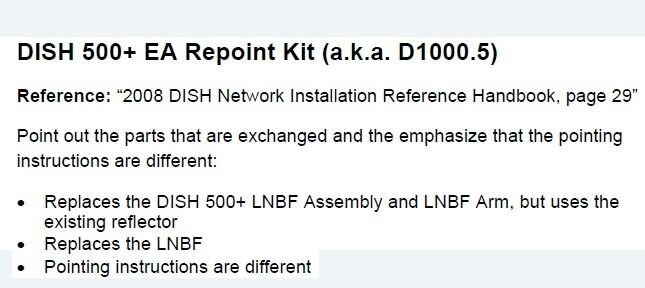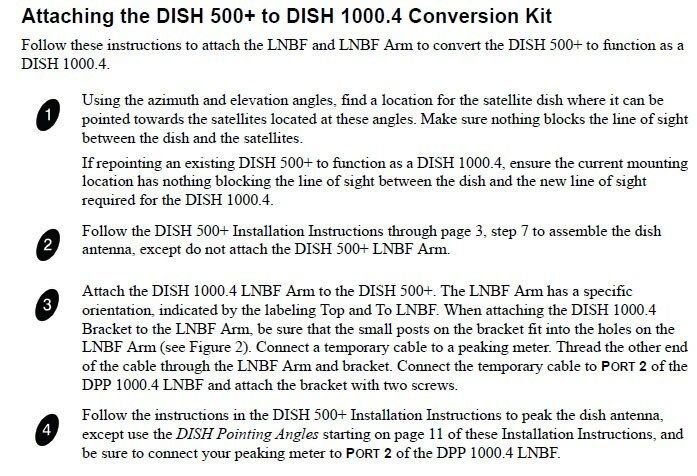Can you guys with Eastern arc setup (1000.4 dish)
please list your signal strengths off the 77 satellite.
I'm trying to see if they are supposed to be this low.
Mine are as follows
please list your signal strengths off the 77 satellite.
I'm trying to see if they are supposed to be this low.
Mine are as follows
- TP 1- 37
- TP 4- 45
- TP 5- 36
- TP 8- 45
- TP 9- 36
- TP 12- 43
- TP 13- 35
- TP 16- 36
- TP 17- 35
- TP 20- 43
- TP 21- 36
- TP 24- 44
- TP 25- 34
- TP 28- 41
- TP 29- 37
- TP 32- 30



